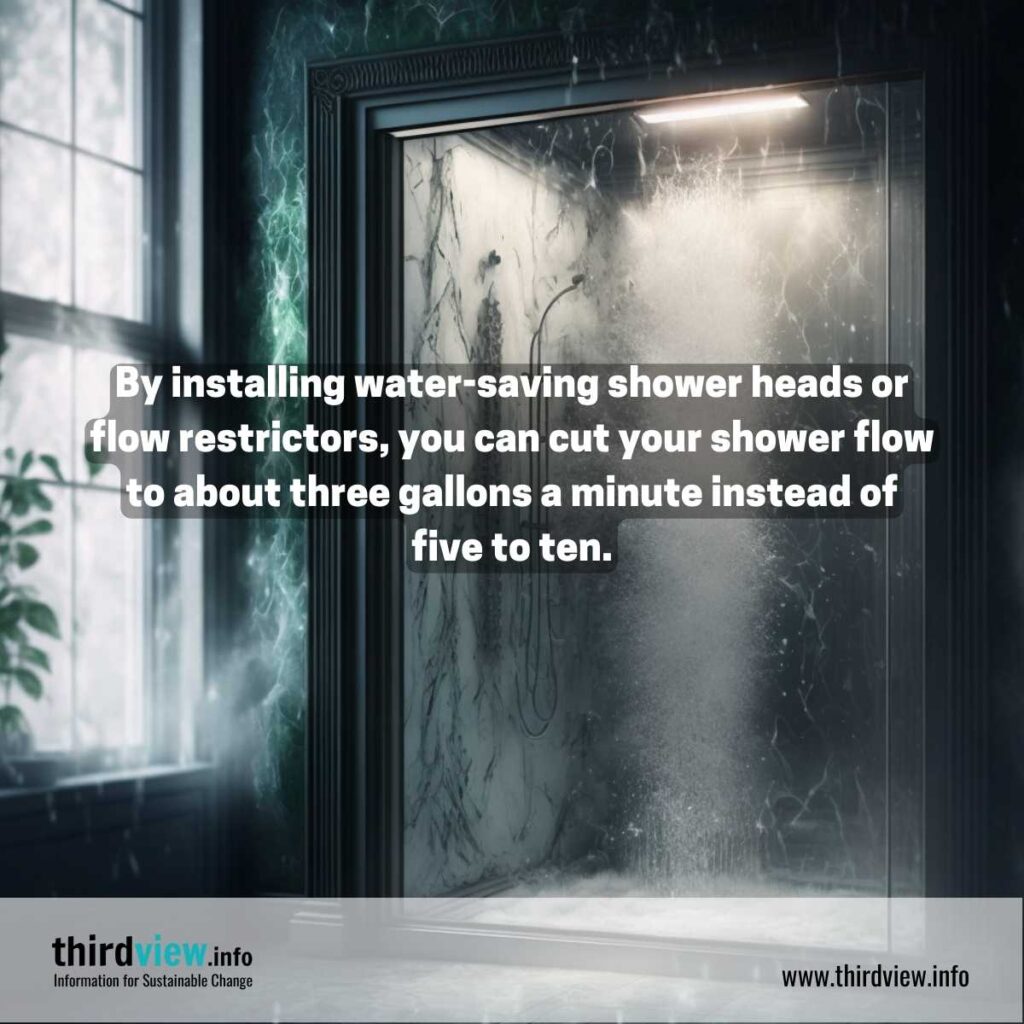The Basic Principles Of Reclaim Waste
Wiki Article
Reclaim Waste - An Overview
Table of ContentsReclaim Waste Fundamentals ExplainedAn Unbiased View of Reclaim WasteUnknown Facts About Reclaim Waste9 Easy Facts About Reclaim Waste DescribedThe smart Trick of Reclaim Waste That Nobody is Talking About
Explore the kinds, occurrences, and kinds of liquid waste. Domestic sewage waste describes the waste and products from a property septic system. This kind of waste is developed by people in homes, colleges, and other structures. This only consists of septic tanks that have a drain area. The appropriate monitoring and disposal of domestic sewer waste require fluid waste to be transferred to a sewer treatment plant where the appropriate approaches and equipment are related to purify and deal with waste.
Industrial waste often consists of potential risks, such as combustible products or a blend of liquid and strong waste items, and calls for a much more advanced and detailed disposal process. The disposal of industrial waste generally involves the purification of waste before transportation to make sure risk-free and correct disposal. Industrial waste is created from results and drainage of industrial procedures and production.
This type of waste can not utilize the same sewer monitoring transport or procedures as septic or industrial liquids. The industrial waste administration procedure calls for the examination and screening of liquid waste before it goes through the disposal procedure (industrial wastewater treatment). Runoff waste is the liquid waste that comes from overflow and excess stormwater in highly populated locations or cities
Overflow waste can cause contamination and flooding if not dealt with correctly. Making sure appropriate waste management can stop disasters and lower environmental injury.
4 Easy Facts About Reclaim Waste Shown
Get in touch with PROS Providers today to discover our waste administration and disposal services and the proper methods to care for the liquid waste you generate.(https://www.behance.net/leonaube)This so-called 'wastewater' is not only a vital resource yet, after therapy, will be launched to our land, rivers or the ocean. Utilized water from toilets, showers, bathrooms, kitchen area sinks, laundries and commercial processes is understood as wastewater.

water made use of to cool down machinery or clean plant and equipment). Stormwater, a form of wastewater, is drainage that flows from agricultural and metropolitan locations such as roofings, parks, yards, roads, paths and rain gutters right into stormwater drains, from this source after rainfall. Stormwater moves unattended directly to local creeks or rivers, at some point reaching the sea.
The Greatest Guide To Reclaim Waste
In Queensland, most wastewater is treated at sewage treatment plants. Wastewater is moved from domestic or industrial sites with a system of drains and pump stations, understood as sewage reticulation, to a sewer therapy plant. City governments construct, keep and operate most sewage treatment plants. Operators are certified under the Environmental Management Act 1994 to release cured wastewater at an appropriate ecological requirement into rivers.The Department of Natural Resources encourages local federal governments concerning handling, operating and preserving sewage systems and treatment plants. In unsewered areas, city governments might need householders to install specific or home sewage therapy systems to treat residential wastewater from commodes, cooking areas, shower rooms and washings. The Department of Natural Resources authorizes using household systems when they are confirmed to be efficient.
In some new neighborhoods, therapy of some stormwater to eliminate litter, sand and gravel has begun making use of gross contaminant traps. Wastewater treatment takes place in four stages: Eliminates strong matter.
Wastewater after that moves right into large storage tanks where solids settle and are gotten rid of as sludge. Grease and residue are skimmed from the surface. Uses tiny living organisms recognizes as micro-organisms to damage down and get rid of remaining liquified wastes and fine fragments. Micro-organisms and wastes are integrated in the sludge. Gets rid of nitrogen and phosphorus nutrients that could create algal blossoms in our waterways and endanger marine life.
How Reclaim Waste can Save You Time, Stress, and Money.
Nutrient removal is not readily available at all sewer treatment plants because it calls for pricey specialized equipment. Clear fluid effluent created after treatment may still have disease-causing micro-organisms - industrial wastewater treatment.
Most wastewater moves into the sewerage system. Under the Act, neighborhood governments carry out approvals and permits for environmentally pertinent activities (Periods) including wastewater releases that may have a local impact.
How Reclaim Waste can Save You Time, Stress, and Money.
Otherwise, examples are considered laboratory analysis. Often many tests are required to develop the degrees of each of the various pollutants such as oils, heavy metals and pesticides in water. Surveillance gives factual information regarding water top quality and can verify that licence problems are being met. The details acquired via surveillance gives the basis for making water quality decisions.Report this wiki page